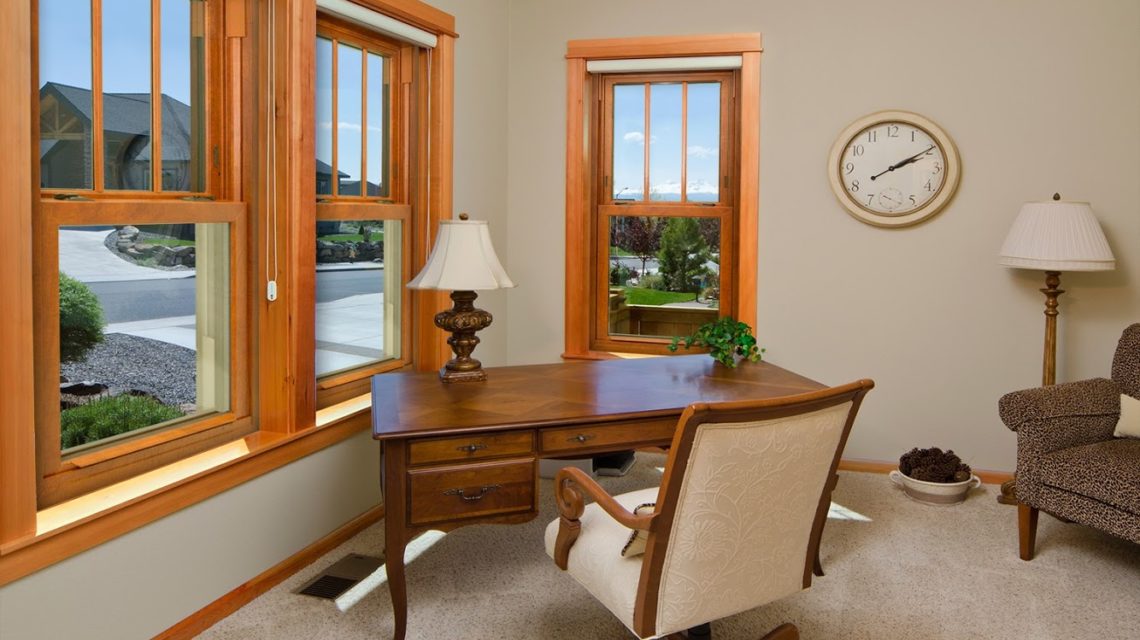Windows are an essential part of any home or building. They allow natural light to enter and provide ventilation. However, have you ever wondered about the different parts of a window and their functions? Understanding the anatomy of a window can help you appreciate its design and know how to maintain it properly. This article covers the various parts of a window and their significance.
Introduction to Window Anatomy
Before we discuss the specific window parts, let’s first understand the importance of knowing your window anatomy. Familiarizing yourself with the different components will empower you to communicate effectively with window professionals, troubleshoot issues, and make informed decisions regarding repairs or replacements.
Windows are not just openings in a wall; they are intricate structures that serve multiple purposes. They allow natural light to flood your home, provide ventilation, and offer a glimpse into the outside world. Understanding the anatomy of a window will give you a deeper appreciation for these everyday fixtures.
Key Components
One of the key components of a window is the frame. The frame acts as the structural support for the entire window and holds the glass in place. It can be made of various materials, such as wood, vinyl, or aluminum, each with advantages and disadvantages. The frame also plays a crucial role in insulating your home, helping to keep the heat in during winter and out during summer.
Another important part of a window is the sash. The sash is the movable part of the window that holds the glass and allows you to open and close it. It is usually attached to the frame through hinges, allowing easy operation. Some windows have double sashes, one on top and one on the bottom, while others have a single sash that slides horizontally.
Now, let’s talk about the glass itself. The type of glass used in windows can significantly impact energy efficiency, noise reduction, and overall comfort. Single-pane windows, which consist of a single layer of glass, are the most basic type and offer minimal insulation. On the other hand, double-pane or triple-pane windows have multiple layers of glass with insulating gas in between, providing better thermal performance and soundproofing.
In addition to the frame, sash, and glass, windows also have various hardware components. These include locks, handles, hinges, and weather stripping. Each element ensures the window functions properly, provides security, and keeps out drafts and moisture.
Understanding the anatomy of a window is not only useful for homeowners but also for those in the construction and design industry. Architects, builders, and interior designers must have a thorough knowledge of windows to create functional, aesthetically pleasing, and energy-efficient spaces.
By familiarizing yourself with the different parts of a window, you can confidently discuss window-related issues with professionals and make informed decisions regarding repairs or replacements. Whether you’re considering upgrading to more energy-efficient windows or simply fixing a broken lock, a basic understanding of window anatomy will empower you to take control of your home’s comfort and functionality.
The Basic Parts of a Window
A window has several main components that provide functionality and aesthetics. These include the window frame, sash, pane, and additional elements that contribute to the overall performance and appearance of the window.
When choosing the right window for your home or building, understanding the different parts and their functions is essential. Let’s take a closer look at each component and explore its significance.
The Window Frame
The window frame is the structural enclosure holding the entire window assembly. It is not only responsible for supporting the weight of the window but also plays a crucial role in maintaining the structural integrity of the surrounding wall. Window frames are available in various materials, including wood, vinyl, aluminum, or fiberglass, each offering unique benefits and characteristics.
Wooden frames, for example, are favored for their classic and timeless appeal, while vinyl frames are known for their low maintenance requirements and excellent energy efficiency. Aluminum frames, on the other hand, are lightweight and durable, making them suitable for large window installations. Fiberglass frames offer exceptional strength and durability, making them ideal for extreme weather conditions.
Regardless of the material, the window frame provides stability and support for the other components, ensuring proper functionality and longevity.
The Window Sash
The window sash is the movable part of the window that holds the glass panes. Attached to the frame, it allows for the opening and closing of the window, regulating airflow and ventilation. The design and operation of the window sash can vary depending on the window style.
Single-hung windows have a fixed upper and lower sash that can be raised or lowered. On the other hand, double-hung windows have both the upper and lower sashes operable, allowing for more flexibility in ventilation. Casement windows feature a sash that swings open like a door, providing unobstructed views and excellent ventilation.
Additionally, there are other types of window sashes, such as awning and hopper windows, which open outward and inward, respectively. These variations in sash design cater to different functional and aesthetic preferences, allowing homeowners to choose the style that best suits their needs.
The Window Pane
The window pane is the transparent or translucent glass that allows light to enter the interior space. It is a vital component that contributes to the overall aesthetics and functionality of the window. The glass used in window panes can vary in thickness, tint, and energy efficiency.
Single-pane windows were commonly used but have become less popular due to their poor insulation properties. On the other hand, double-pane and triple-pane windows offer improved energy efficiency by providing an extra layer of insulation. These multi-pane windows help to reduce heat transfer, resulting in lower energy costs and improved comfort.
Moreover, advancements in glass technology have led to the development of specialized glass types, such as low-emissivity (Low-E) glass and laminated glass. Low-E glass coatings help to reflect heat while allowing natural light to pass through, making them ideal for energy-efficient homes. On the other hand, laminated glass consists of two or more glass layers with an interlayer that enhances safety and security by preventing shattering upon impact.
Overall, the window pane plays a crucial role in determining a window’s energy efficiency, soundproofing, and overall comfort, making it an important consideration when selecting windows for your home or building.
The Window Hardware
Windows would not be functional without the hardware that enables them to open, close, and secure. Let’s take a closer look at some common window hardware components.
Window Locks
Window locks are essential for keeping your home secure. They prevent unauthorized entry and ensure the window remains closed and locked when desired. There are various types of window locks, including sliding locks, sash locks, and cam locks.
Window Handles
Window handles are the mechanisms used to open and close the window. They are available in different styles and designs to accommodate various window types, such as casement or awning windows. Handles also contribute to the overall aesthetic appeal of the window.
Window Hinges
Window hinges allow for the smooth operation of casement and awning windows. They let the window sash to swing open and closed, providing ventilation and easy access for cleaning. Properly functioning hinges are crucial for the longevity and functionality of the window.
Types of Window Glass
Now, let’s explore the different types of glass that can be used in windows. The type of glass you choose will impact various factors, including energy efficiency, sound insulation, and safety.
Single Pane Glass
Single-pane glass windows consist of a single sheet of glass. They are the most basic and affordable option but offer minimal insulation and noise reduction. Single-pane windows are often found in older homes or buildings requiring less insulation.
Double Pane Glass
Double-pane glass windows, also known as insulated glass units (IGUs), consist of two sheets of glass with a layer of air or gas in between. This design improves insulation, reducing heat transfer and noise. Double-pane windows are commonly used in modern homes and contribute to energy efficiency.
Triple Pane Glass
Triple-pane glass windows take insulation to the next level. They consist of three layers of glass with two air or gas-filled spaces in between. This design enhances energy efficiency, reducing heating and cooling costs and minimizing outside noise. Triple-pane windows are ideal for buildings with extreme climate conditions or those seeking maximum comfort and energy savings.
Window Styles and Their Unique Parts
In addition to the basic window components, different window styles have unique parts contributing to their functionality and appearance. Let’s explore a couple of popular window styles and their distinct features.
Double-Hung Windows
Double-hung windows are a classic style consisting of two vertically aligned sashes, both of which can be opened and closed. Each sash is equipped with sash weights or springs for easy operation. Double-hung windows often feature traditional hardware, such as sash locks and lifts, which add to their timeless charm.
Casement Windows
Casement windows are hinged on one side and open outward like a door. They are operated using a crank or lever mechanism, allowing for easy ventilation control. Casement windows often have a folding handle, which provides a sleek and modern appearance while ensuring a secure and airtight seal when closed.
Sliding Windows
Sliding or gliding windows are horizontally oriented and slide along a track to open and close. They are popular for their ease of operation and contemporary look. Sliding windows usually feature finger pulls or handles for smooth gliding and improved security.
In closing
Now that you better understand the different parts of a window, you can confidently discuss window-related matters and make informed decisions regarding maintenance, repairs, or replacements. By appreciating the significance of each component, you can ensure your windows’ longevity, efficiency, and aesthetics.


